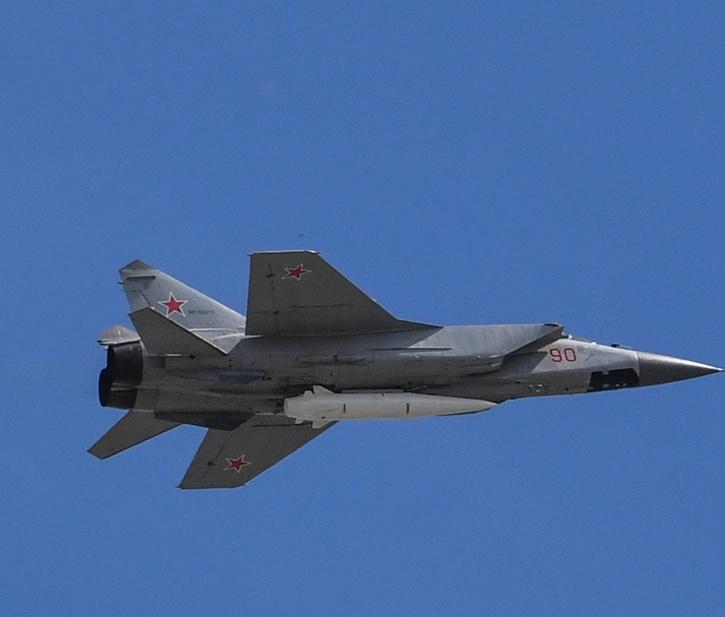In Ukraine, Russia claims to have fired the first hypersonic Kinzhal missile

According to Russia’s defence ministry in Moscow, a hypersonic ballistic missile was fired and destroyed a large underground arms depot in western Ukraine. If confirmed, it would be Russia’s first use of the Kinzhal, or Dagger, ballistic missile from the air, most likely by a MiG-31 warplane, in this war.
Russia’s investment in hypersonic missiles, which can travel at more than five times the speed of sound, or Mach 5, has been emphasised by President Vladimir Putin on several occasions. According to Russian officials, the Kinzhal can hit a target up to 2,000 kilometres (1,240 miles) away and travel at speeds of over 6,000 kilometres per hour. But does this make them any more dangerous than other missiles or even artillery, both of which can kill and destroy just as many people?
“I don’t think it’s that significant,” says James Acton of the Carnegie Endowment for International Peace, a nuclear policy expert. “I’m not sure how much of a competitive advantage Russia gets from hypersonic missiles.”
Last December, President Putin boasted that Russia was the world leader in hypersonic missiles, which are difficult to track because they can change direction in mid-flight. Russia released a video of a missile strike on an arms depot in Deliatyn, a village in south-western Ukraine only 100 kilometres from Romania’s border. “It’s a sign of dexterity. Even if it is used, we should regard it as a one-off event because Russia has a limited number of these missiles “Dominika Kunertova of the Zurich-based Center for Security Studies agreed.
The Kinzhal was unveiled four years ago by Russian President Vladimir Putin as one of a series of “invincible” weapons that he claimed could evade enemy defences. The Zirkon and the Avangard are the other hypersonic missiles, with the Avangard being faster and having a much longer range. The Kinzhal can carry both nuclear and conventional warheads, and recent reports claim that MiG-31 fighters have been dispatched to Kaliningrad, putting a number of European capitals within striking distance. The attack on the arms depot was launched from an unknown location.
Despite the fact that the Iskander-M has a much shorter range than the air-launched missile, Ukraine’s defence ministry claimed this week that Russia had fired nearly all of its Iskander missiles in the first 20 days of the conflict. Russian forces have fired over 1,080 missiles since February 24, according to a US defence official quoted on Friday.
Picture Courtesy: Google/Images are subject to copyright
